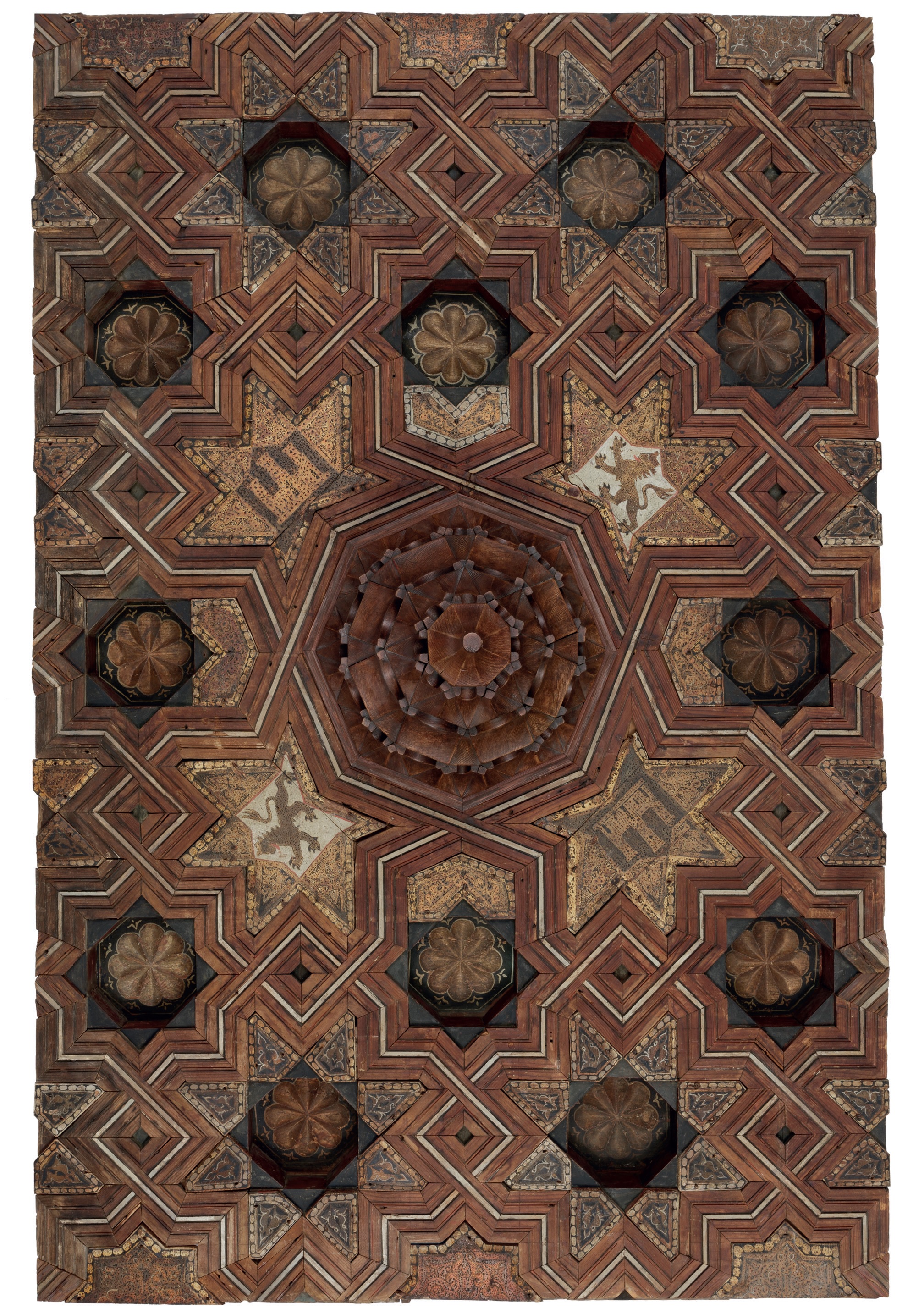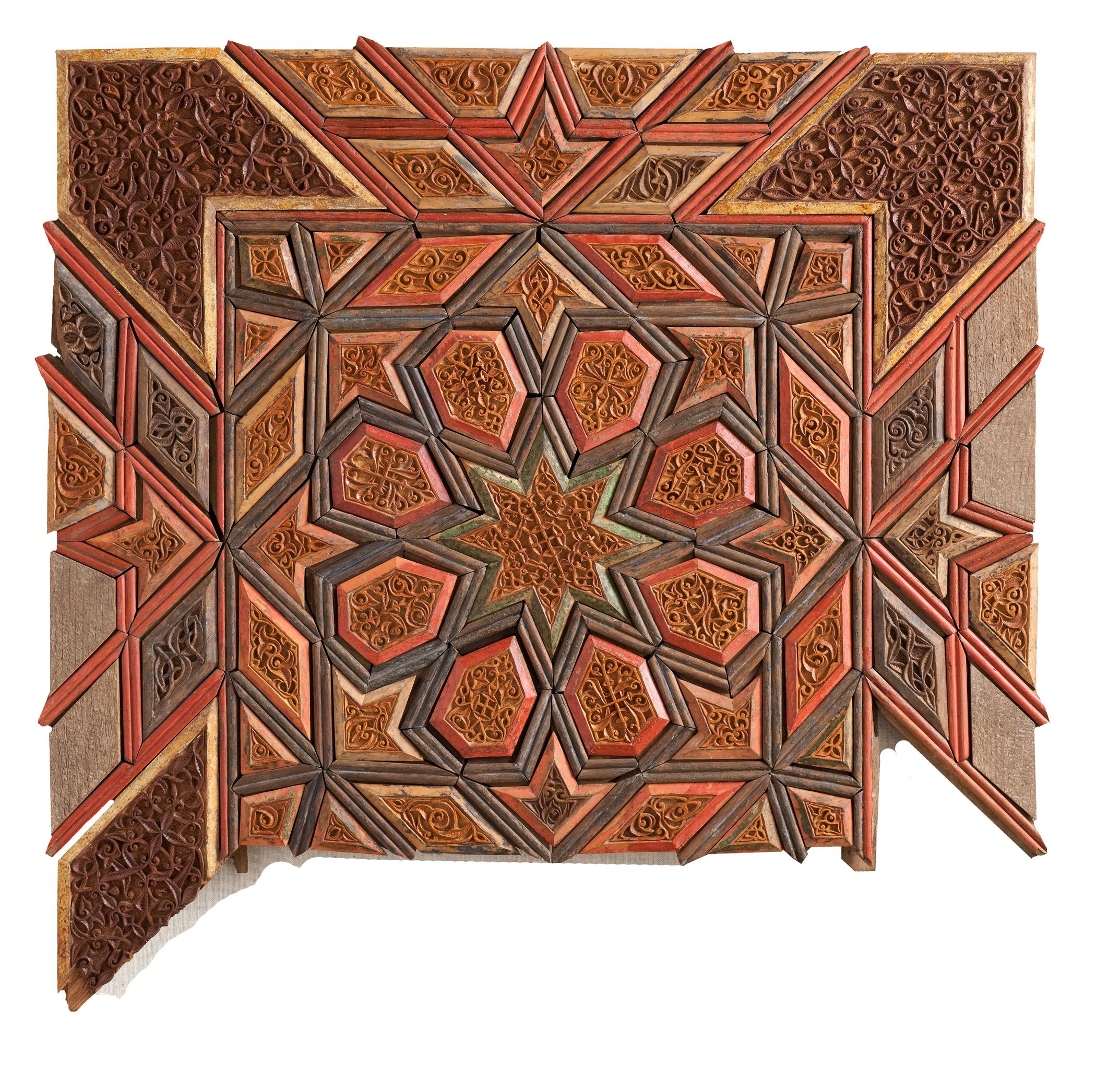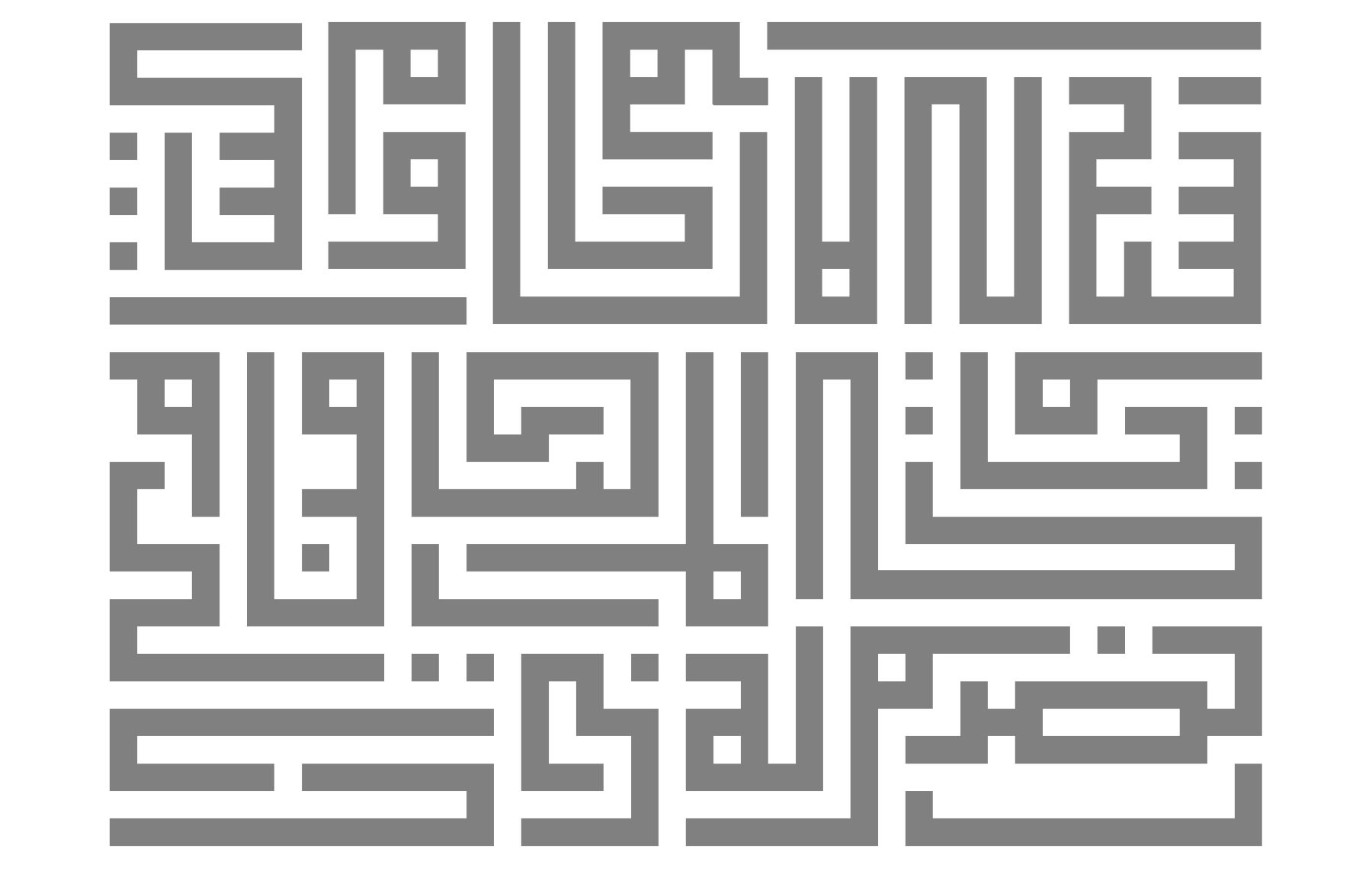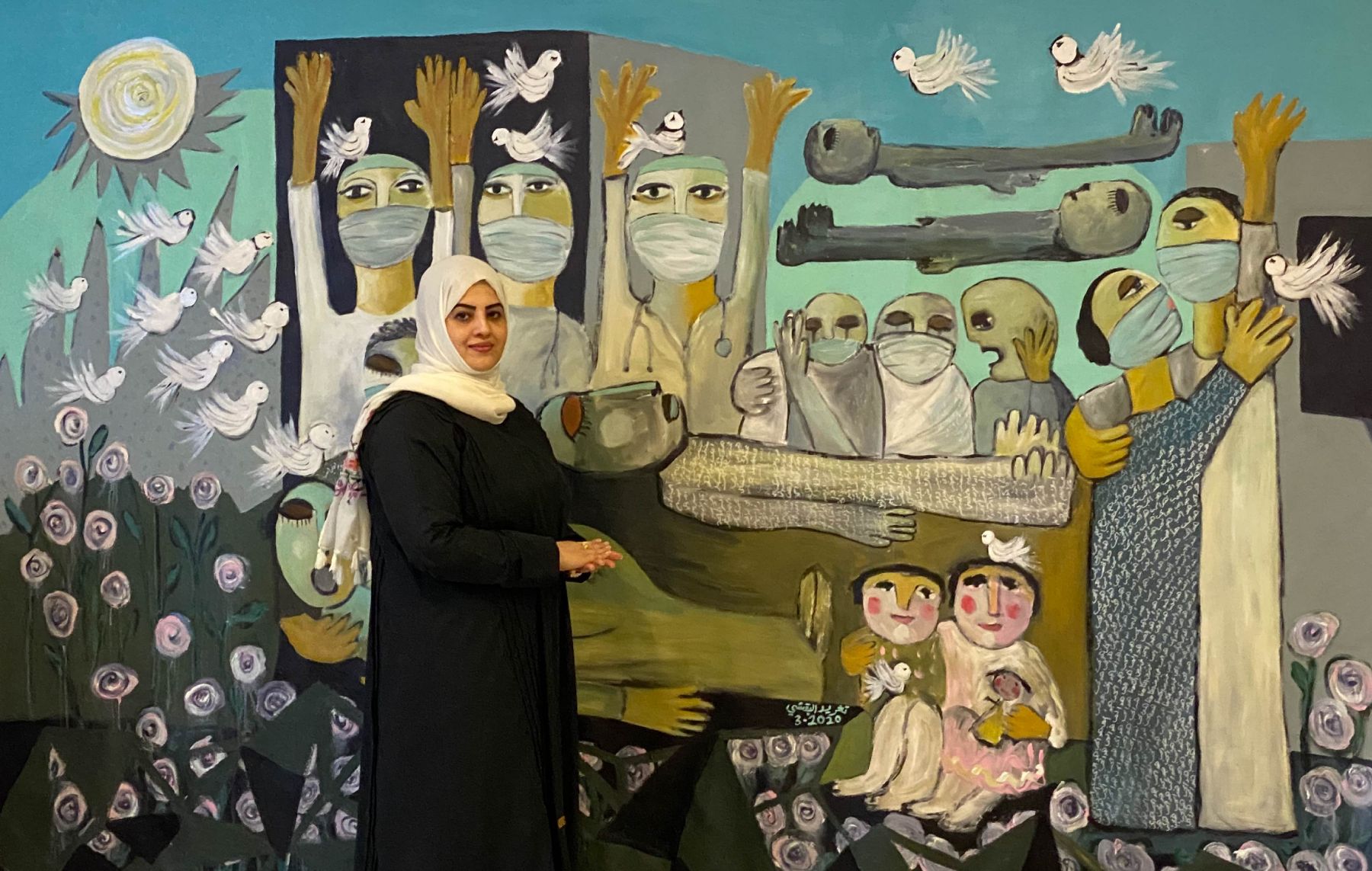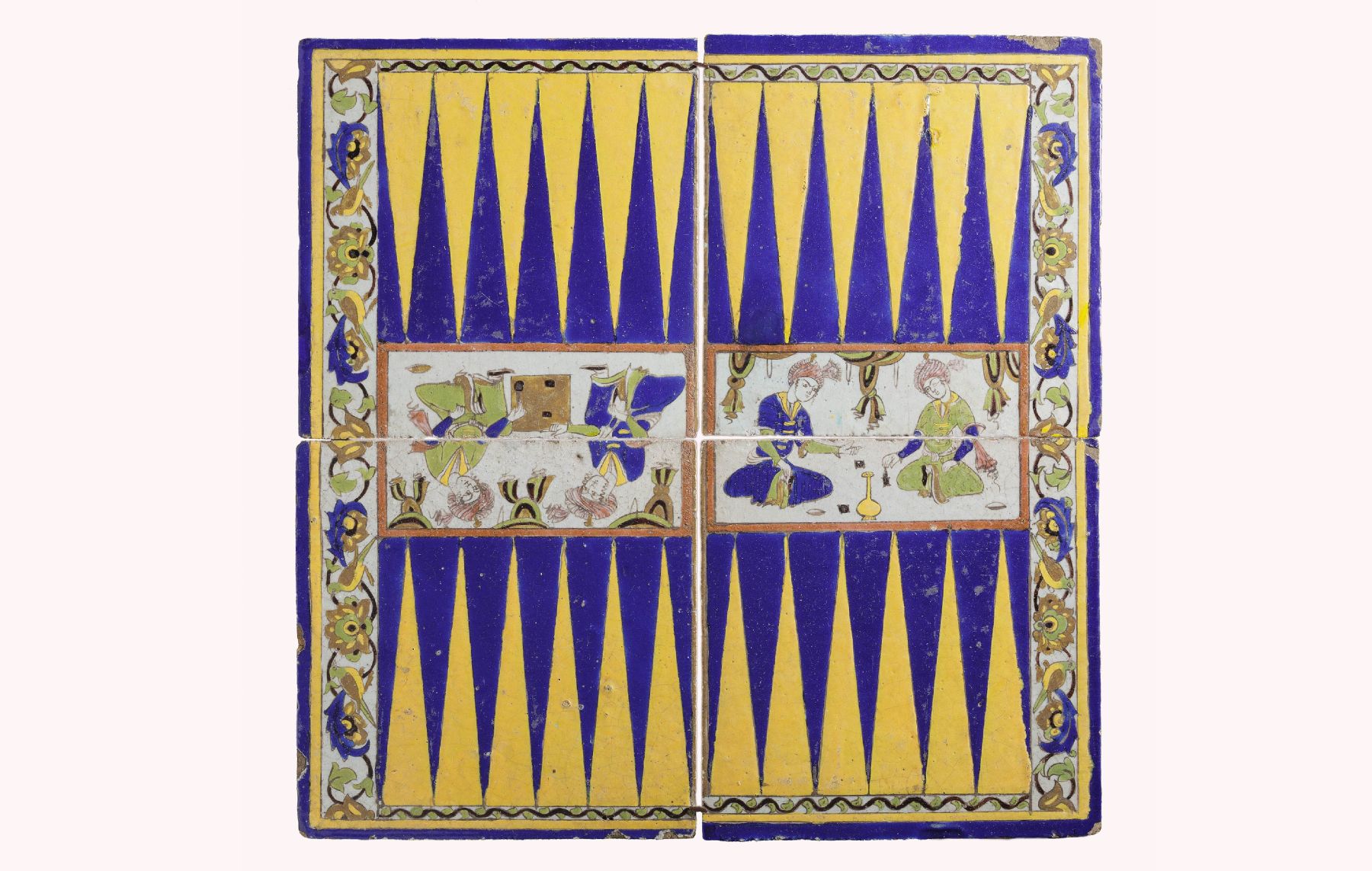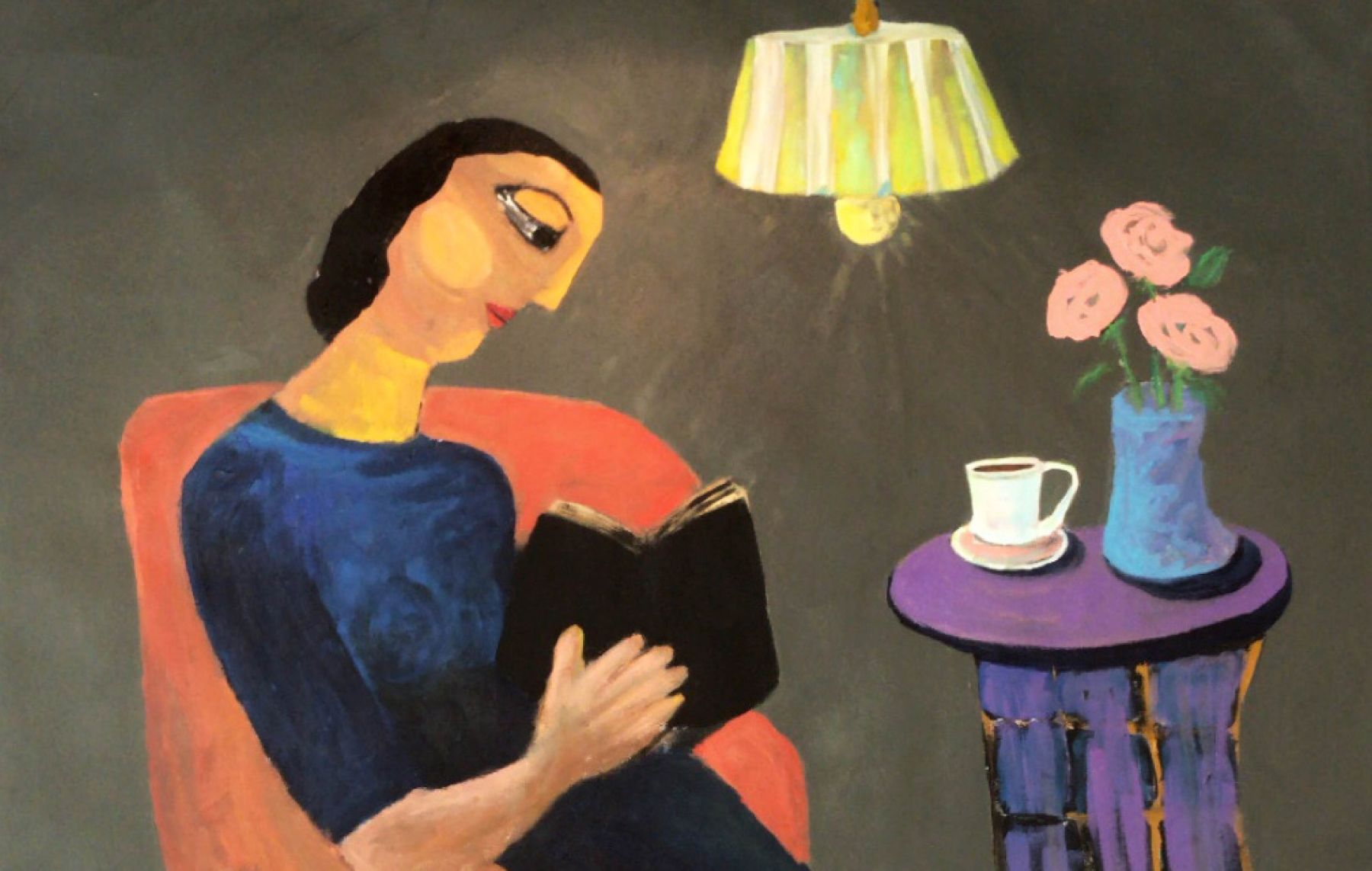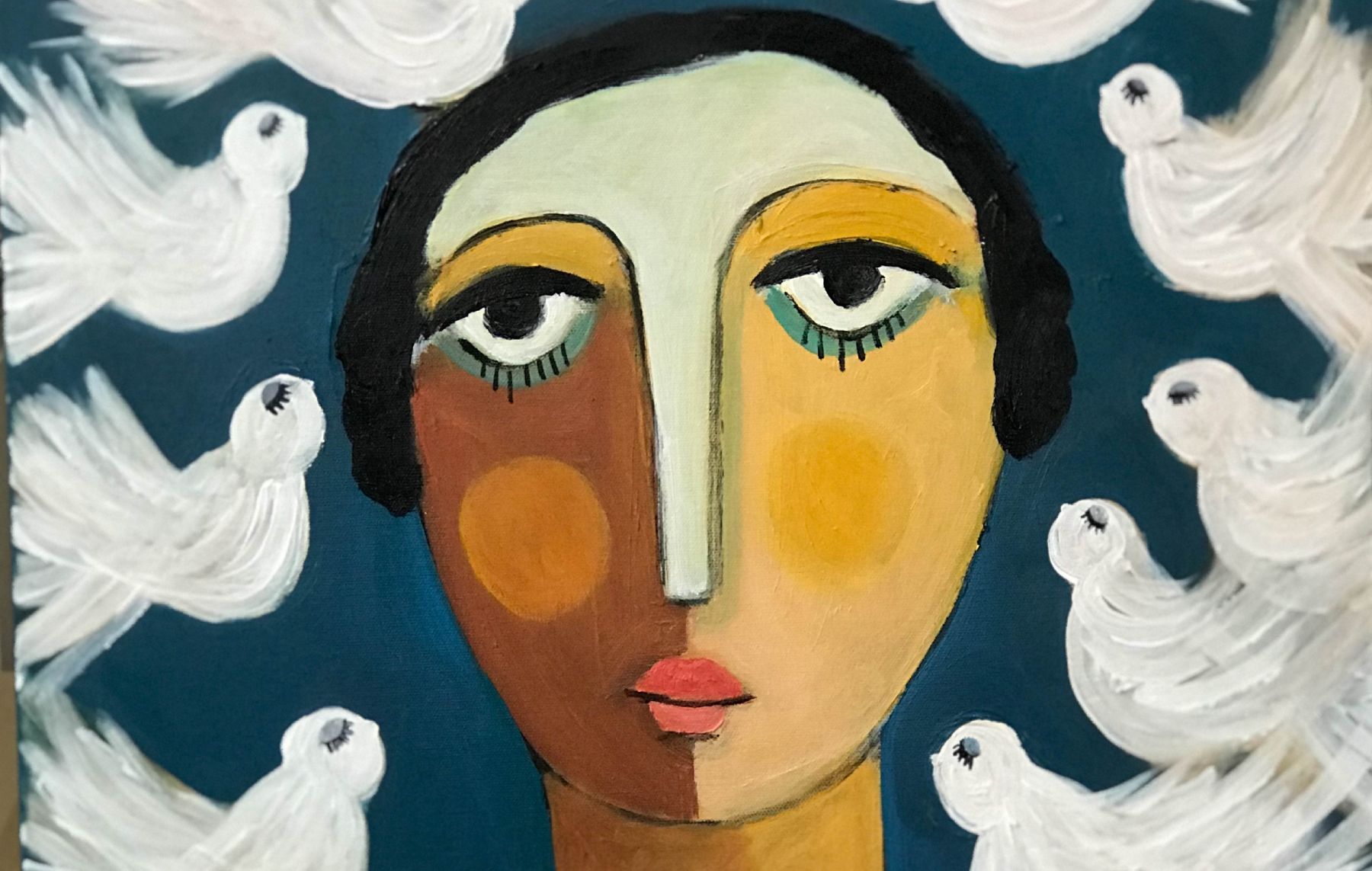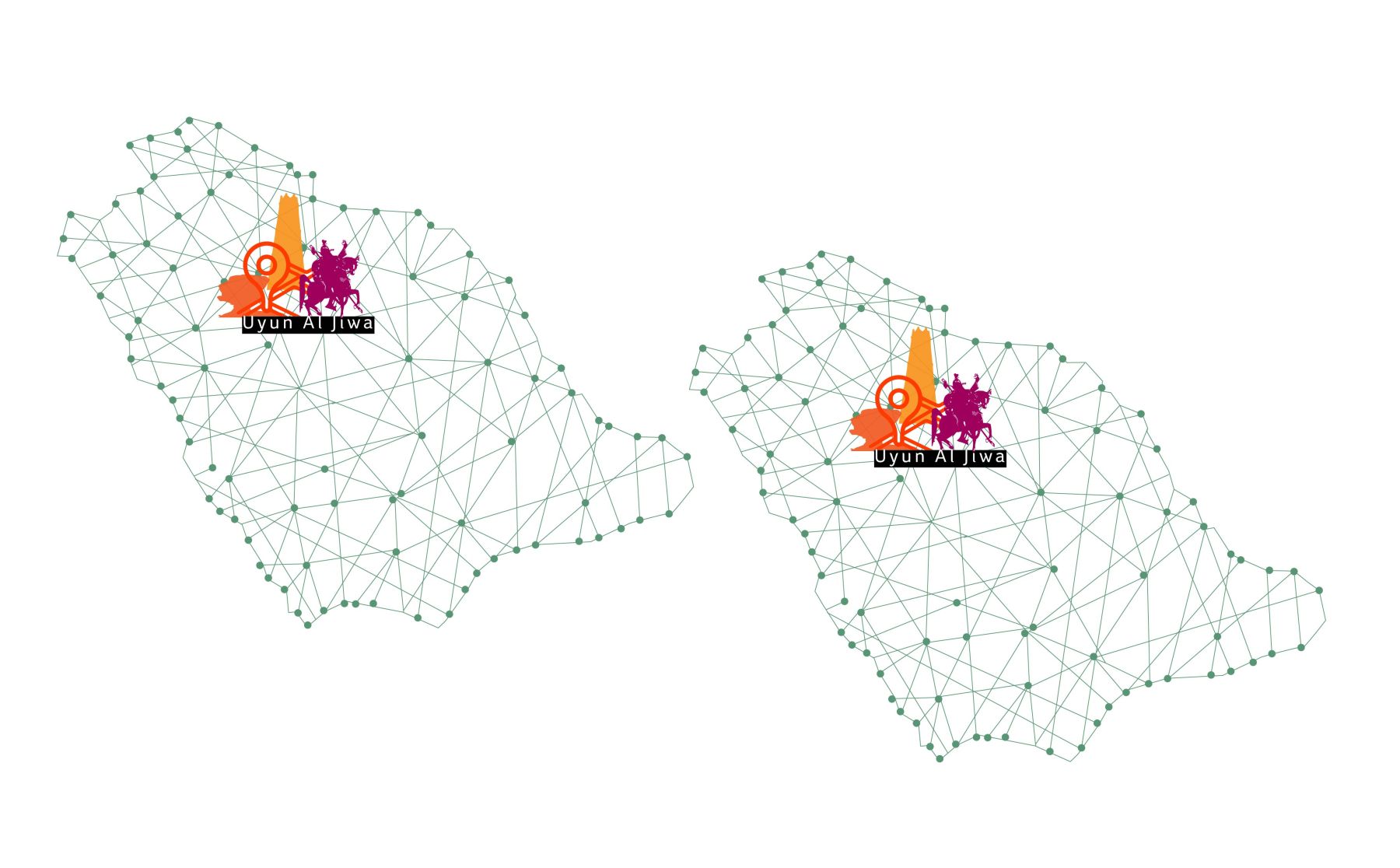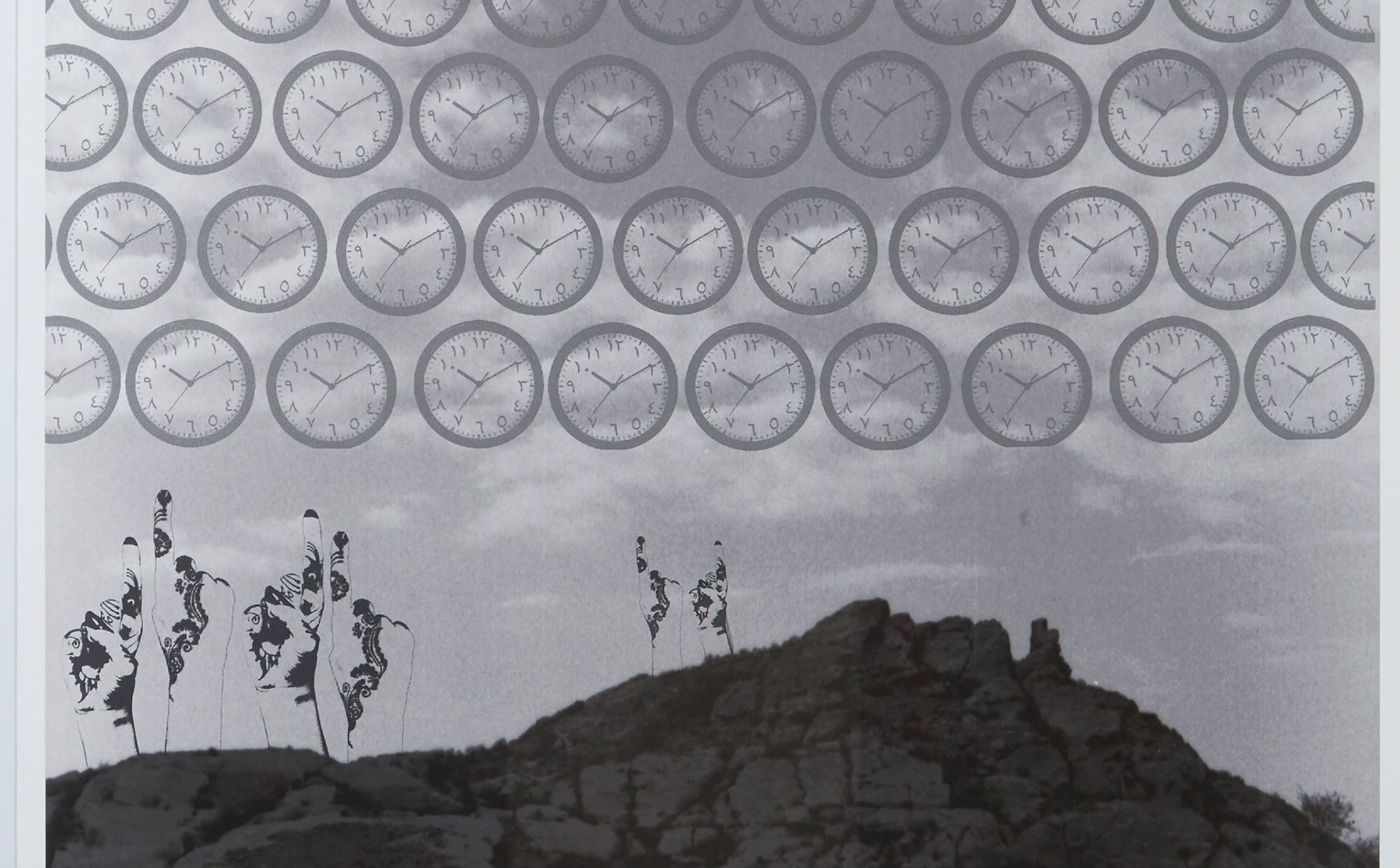Ithra Curiosities:
‘Visible numbers’
Panel from a Spanish Ceiling (LACMA collection) Spain, probably Toledo, third quarter of the 15th century. Despite the end of Muslim rule on the Iberian Peninsula in 1492, an Islamic style of art and architecture continued to be popular among the ruling elite, and many Muslim craftsmen remained in Spain to meet the enduring demand for their services. This community of Spanish Muslims and the hybrid style that they developed came to be known by the term mudéjar. Made to decorate the palaces of wealthy Spanish notables, ceiling panels of this type are an example of the mudéjar style in their combination of Islamic and European designs, seen here in the respective star-inspired geometric decoration and the heraldic lion and castle, which help to link the ceiling to a building in Toledo.
The renowned geometry scholar Professor Keith Critchlow, who passed away only last month, was famous for having revived the traditional practice of Islamic geometry both in the Islamic world and the West. His work moved many Saudi artists including Ahmad Angawi and Dana Awartani to explore the potential and application of traditional Islamic geometry in contemporary art. Moreover, his work and guidance also led the eminent Saudi scholar Dr. Minwer Al-Meheid to painstakingly reconstruct the famous minbar (pulpit) of Saladin (which had burnt down in the 1960s) in Jerusalem’s Al-Aqsa Mosque using the traditional skills of Islamic geometry that had been lost until then.
Critchlow always stressed the connection between number, geometry, and nature by showing how number and geometry are made manifest in the forms that we see in nature such as flowers. In fact, he went on to show how certain complicated patterns used in Islamic art are identical with the internal structure of various natural substances discovered by modern science. He argued that it was as if Muslim mathematicians had discovered the inner structure of matter without splitting molecules or atoms. This can be explained through their advanced knowledge of numbers since Islamic geometrical patterns follow strict mathematical principles.
Such patterns, such as the one shown here, are often described as “numbers made visible” or the “qualitative visualization of numbers.” For that reason, I would argue that it represents an objective and timeless beauty because it is based on numbers found in nature. Whether one agrees or not, few can doubt that such patterns are among the greatest representations of Arab and Islamic genius and love of numbers.
Panel from Iran, second half of the 14th–first half of the 15th century (LACMA collection) Due to their inherent fragility, wood objects from the medieval Islamic world do not survive in great numbers, and those that do are primarily from interior settings, where they were protected from the elements. Most extant examples from Iran can be associated with religious institutions, in which they were safeguarded from the frequent warfare punctuating the rise and fall of dynasties and the ensuing destruction of palaces and other secular edifices. This painted wood panel, constructed from numerous individual pieces fit together with tongue-and-groove attachments, may have formed part of a cenotaph (grave marker) from a tomb or perhaps a minbar (pulpit) from a mosque.
Written by Idries Trevathan, Curator of Islamic Art at Ithra


